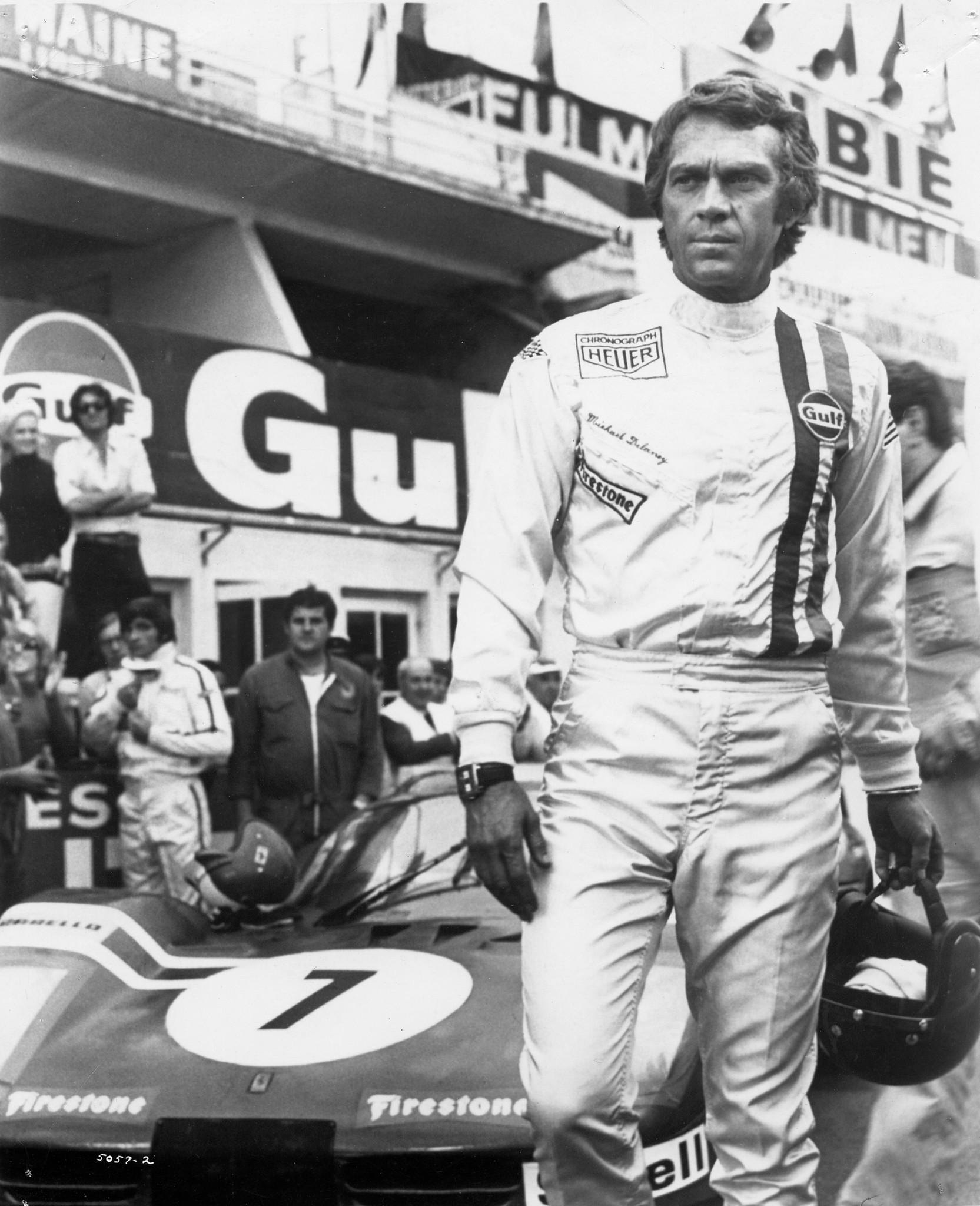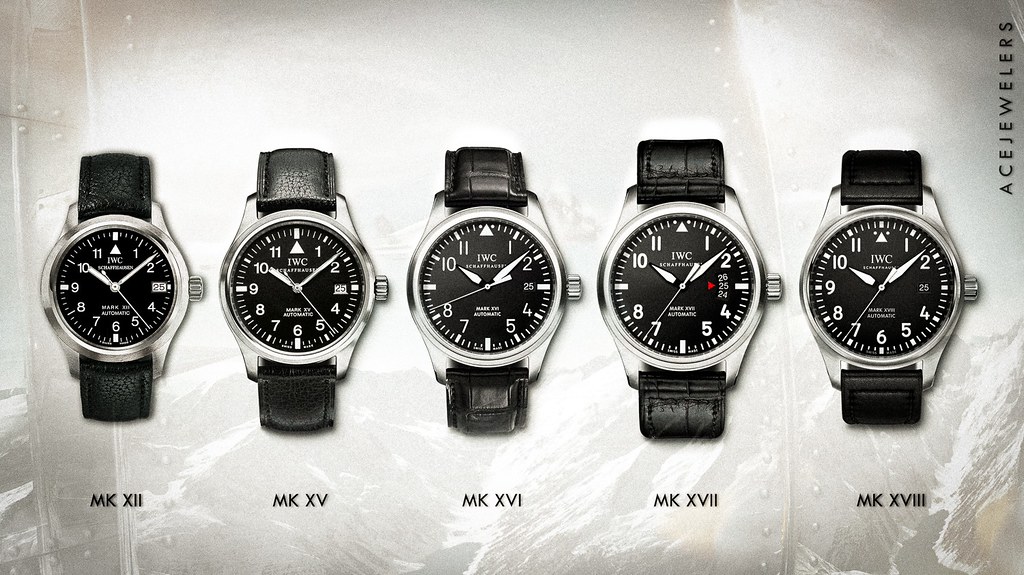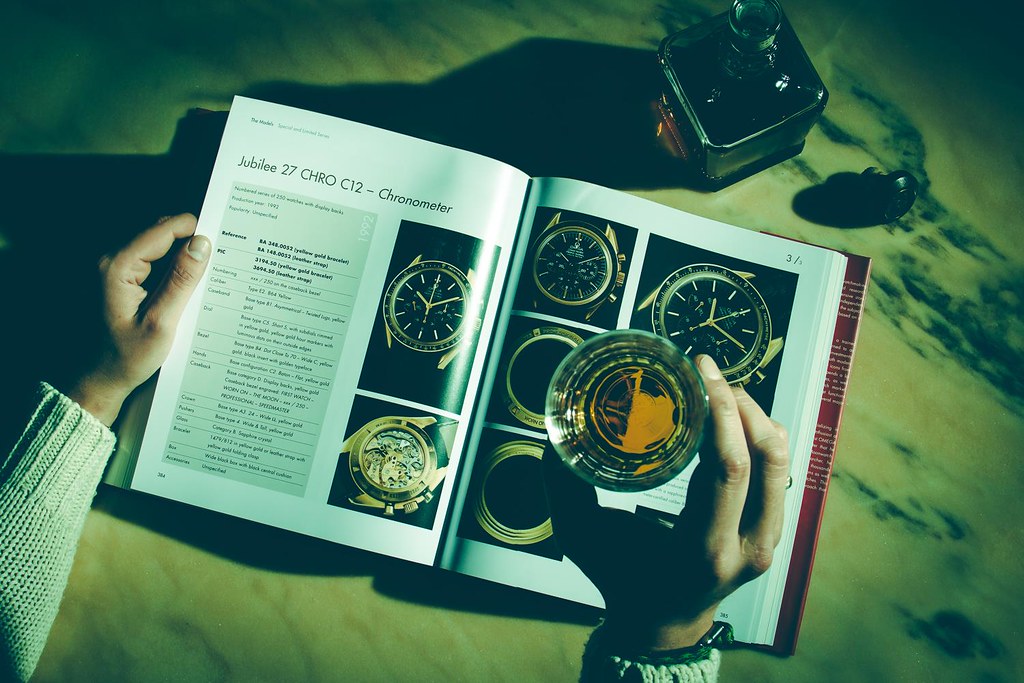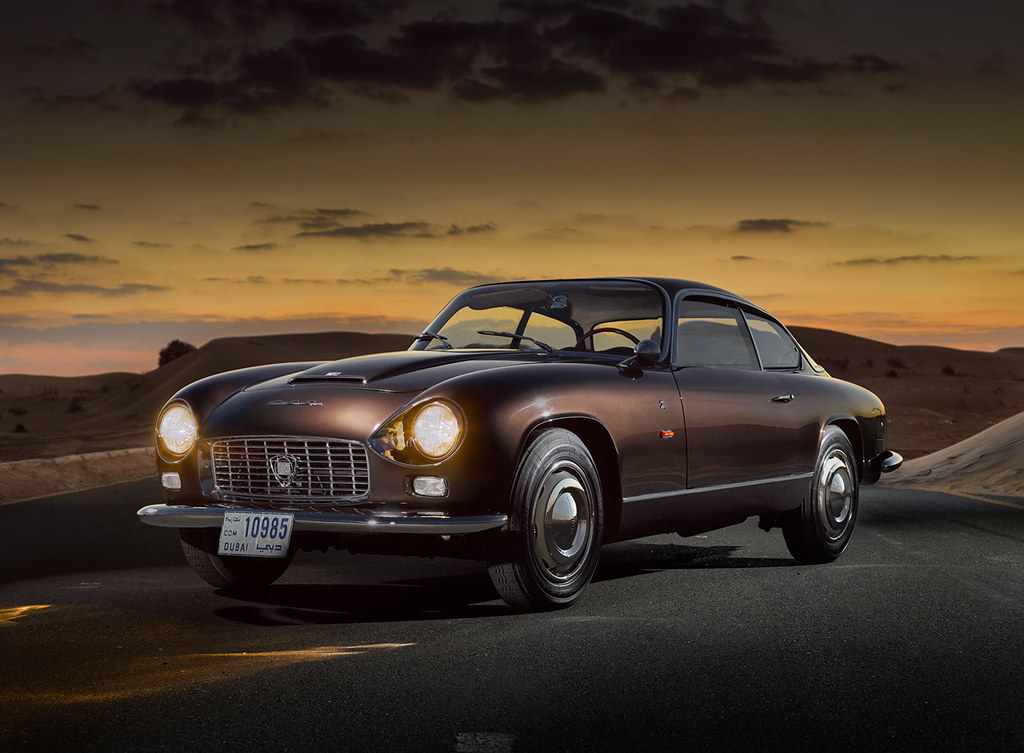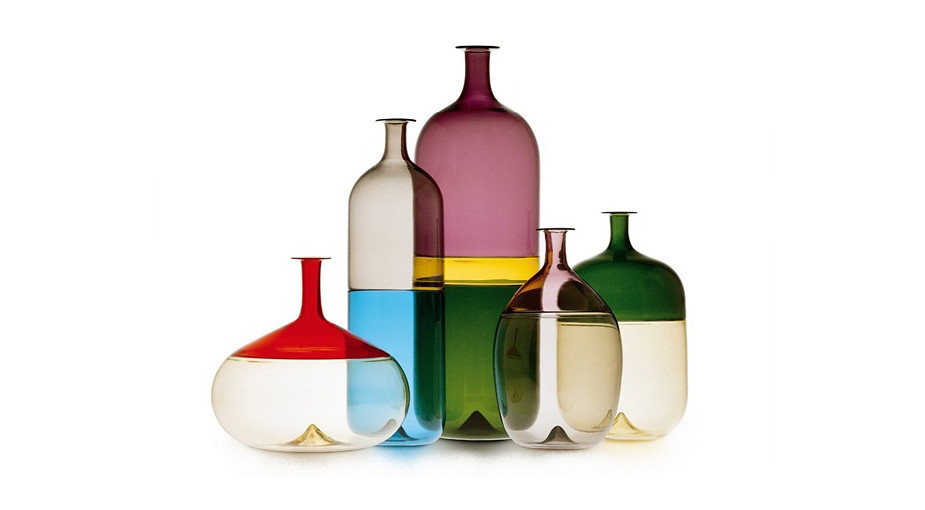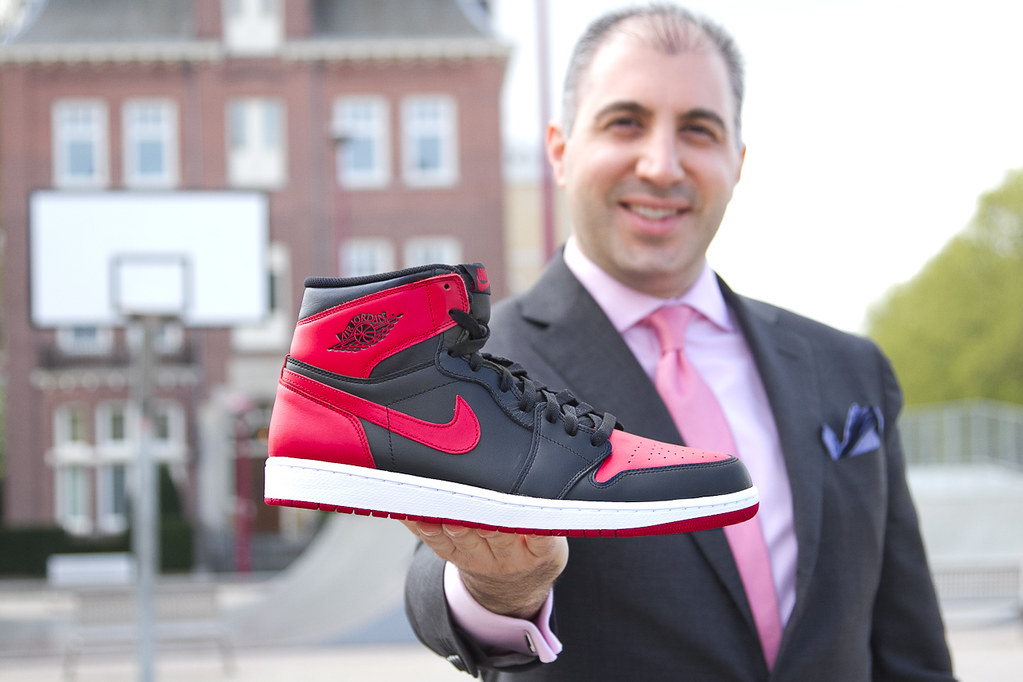Do you think Apple Watch is dominating the watch industry? This is my third column in 2019 for Dutch trade magazine "De Juwelier" and 27th in total. And, I am sharing my opinion about the Apple Watch and comparing it to Swatch back in the 1980s.
You can find every single article in PDF format on the Oak Consultancy page.
I have written about smart watches and the Apple watch before, but it is still on my mind. In this column I write why I believe it is a good thing Apple sells 33 million watches every year. Especially for the traditional watch industry and makers.
To download the PDF, please click here.
Magazine got launched 27 June 2019 in physical format and this is the text in Dutch:
“Apple Watch is de Swatch van de jaren ‘10”
Het zal u wellicht verbazen, maar ik moet eerlijk bekennen dat ik blij ben dat er van de Apple Watch 33 miljoen stuks per jaar verkocht worden. Ja, dat leest u goed: Apple verkoopt 33 miljoen horloges en ik ben er blij mee. Waarom? Ik ben van mening dat de rol van de Apple Watch vergelijkbaar is met die van Swatch in de jaren ‘80. Ik durf dan ook te stellen dat de Apple Watch de horloge-industrie gaat redden in de nabije toekomst, omdat het dragen van een Apple Watch een jonge generatie opvoedt om überhaupt iets te dragen aan hun pols. Als de nieuwe generatie straks niets meer gewend is of wil dragen aan haar pols, kan het immers zo maar zijn dat het polshorloge straks hetzelfde lot is beschoren als uw grootvaders zakhorloge…
Eeuwenlang zijn klokken en horloges louter mechanisch geweest. Op een gegeven moment hadden slimme klokken- en horlogemakers zelfs zo veel aan het concept verbeterd, dat het mogelijk werd om een nauwkeurige horloge dagelijks om te pols te dragen. Het mechanische polshorloge was er in soorten en maten, van puur functioneel tot rijk gedecoreerd en voorzien van additionele complicaties, van eenvoudige instrumenten tot ware kunstwerkjes. Een nauwkeurig polshorloge was een onmisbaar en trots bezit.
Maar toen kwam quartz om de hoek kijken. Toen eind jaren 60 de eerste quartz polshorloges werden geïntroduceerd waren ze vele malen nauwkeuriger dan de ‘ouderwetse’ mechanische horloges. Ze waren ook stevig aan de prijs, maar dit laatste zou rap veranderen. Quartz horloges werden snel –exponentieel- goedkoper. In het verlengde hiervan werd het bezit van een nauwkeurig horloge een vanzelfsprekendheid en van een trots bezit werd het horloge gedegradeerd tot een eenvoudig gebruiksvoorwerp.
Het duurde een aantal decennia voordat horloges weer in een ander licht gezien zouden worden. Opvallend genoeg komt dat voornamelijk door de ontwikkeling van het Zwitserse Swatch horloge. De bedenker van het Swatch horloge en de oprichter van de Swatch Group wordt vaak de redder van de Zwitserse horloge-industrie genoemd. Hij heeft véél geld verdiend met Swatch en dit vervolgens geïnvesteerd in klassieke merken, waarvan velen op het punt van omvallen stonden. Dit is van onmiskenbaar belang geweest, maar belangrijker is wat hij met Swatch heeft bereikt: hij heeft horloges weer hip, fun en relevant gemaakt. Het polshorloge als sieraad, als accessoire, als verzamelbaar object.
Mechanische horloges en quartz horloges hebben bewezen heel goed naast elkaar te kunnen bestaan. Hetzelfde verwacht ik van smart watches. Smart watches hebben geen lange levensduur, ze hebben niets met esthetiek of kunst te maken. Het zijn functionele zielloze gereedschappen die na een (paar) jaar worden vervangen voor een nieuwer en beter exemplaar. Waar ze echter onbewust een hele belangrijk rol spelen, is in het feit dat ze een jongere generatie leren dat ze iets dragen aan hun pols. Plus dat deze jongelui de tijd tot zich nemen vanaf hun pols - en niet van hun mobiele telefoon.
Zijn 33 miljoen horloges er veel of weinig? De gehele Zwitserse industrie heeft vorig jaar een kleine 24 miljoen horloges verkocht. De Japanse industrie bijna 68 miljoen, en China in combinatie met Hong Kong een kleine 900 miljoen. Een gemiddeld Zwitsers horloge kost echter ruim 800 dollars, een horloge geëxporteerd uit Hong Kong circa 26 dollars en uit China slechts gemiddeld 4 dollars. Hieruit kunnen wij concluderen dat Apple op papier, met een gemiddelde verkoopprijs van 218 dollars, zeer zeker een geduchte concurrent is voor de traditionele horlogemakers
Wat ik om mij heen zie is dat de dragers van Apple horloges boven gemiddeld vaak een analoge wijzerplaat kiezen om de tijd af te lezen. De meest populaire wijzerplaats is de meest simpele is in design - een mix tussen een Mondaine treinstation klok en een pilotenhorloge van IWC. Op de tweede plaats staat de wijzerplaat met Mickey Mouse, welke geïnspireerd lijkt te zijn op originele designs van Gerald Genta. En dat terwijl de mogelijkheden vrijwel onbeperkt zijn, en een wijzerplaat gewisseld is door middel van een simpele download en een veeg met de vinger.
De Apple Watch en alle andere smartwatches zijn dus eigenlijk geen bedreiging voor de gehele horloge-industrie! Misschien alleen voor het fashion-segment en het instapniveau… De enige traditionele horlogeproducenten waarvan ik denk dat ze echt onder lijden zijn bijvoorbeeld de Fossil Group met al haar merken, de Movado Group en Timex. In het instap-segment van de horloge-industrie worden dan ook meer en meer smartwatches aangeboden worden.
Wat in mijn opinie een echte dreigement is voor de horloge-industrie, is mogelijkheid dat er helemaal geen behoefte zal zijn aan horloges en dat heeft met mode, trends en lifestyle te maken! Herinnert u nog mijn column: “Is de tijd wel rond?” in dit prachtige vakblad? Daar waarschuwde ik al voor het gevaar voor de bestaansrecht van analoge (ronde) horloges indien jongere generaties op school (en thuis) uitsluitend digitale tijd voorgeschoteld krijgen. Misschien moeten wij eigenlijk dus wel heel blij en dankbaar zijn dat Apple zo succesvol is?!
Reageren op deze column is mogelijk door een e-mail te sturen naar alon@oakconsultancy.com of te bellen naar Oak Consultancy, tel. 020-2602100. Aanvullende informatie is ook beschikbaar op OakConsultancy.
